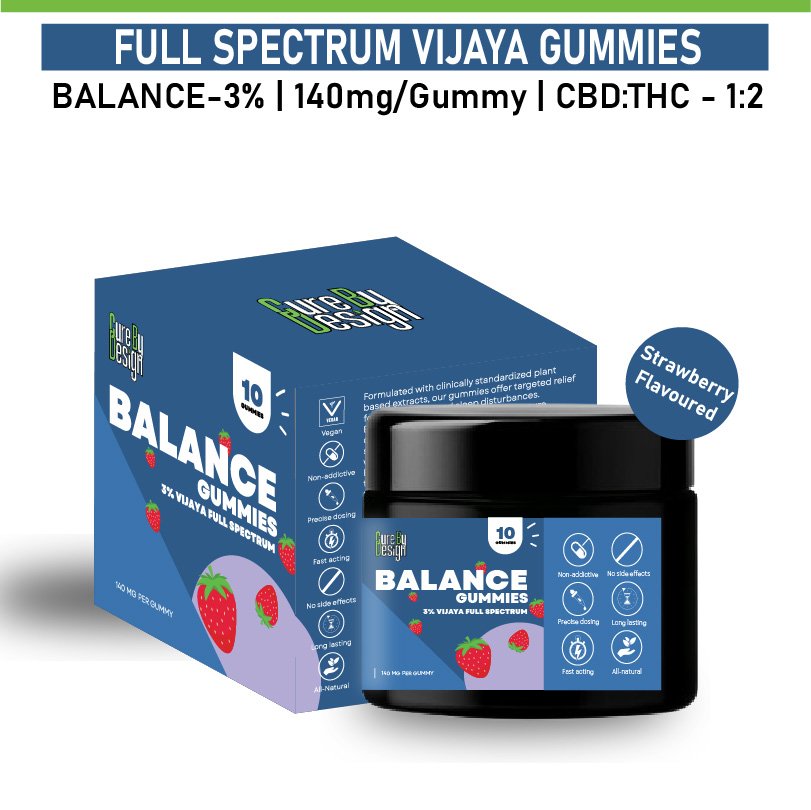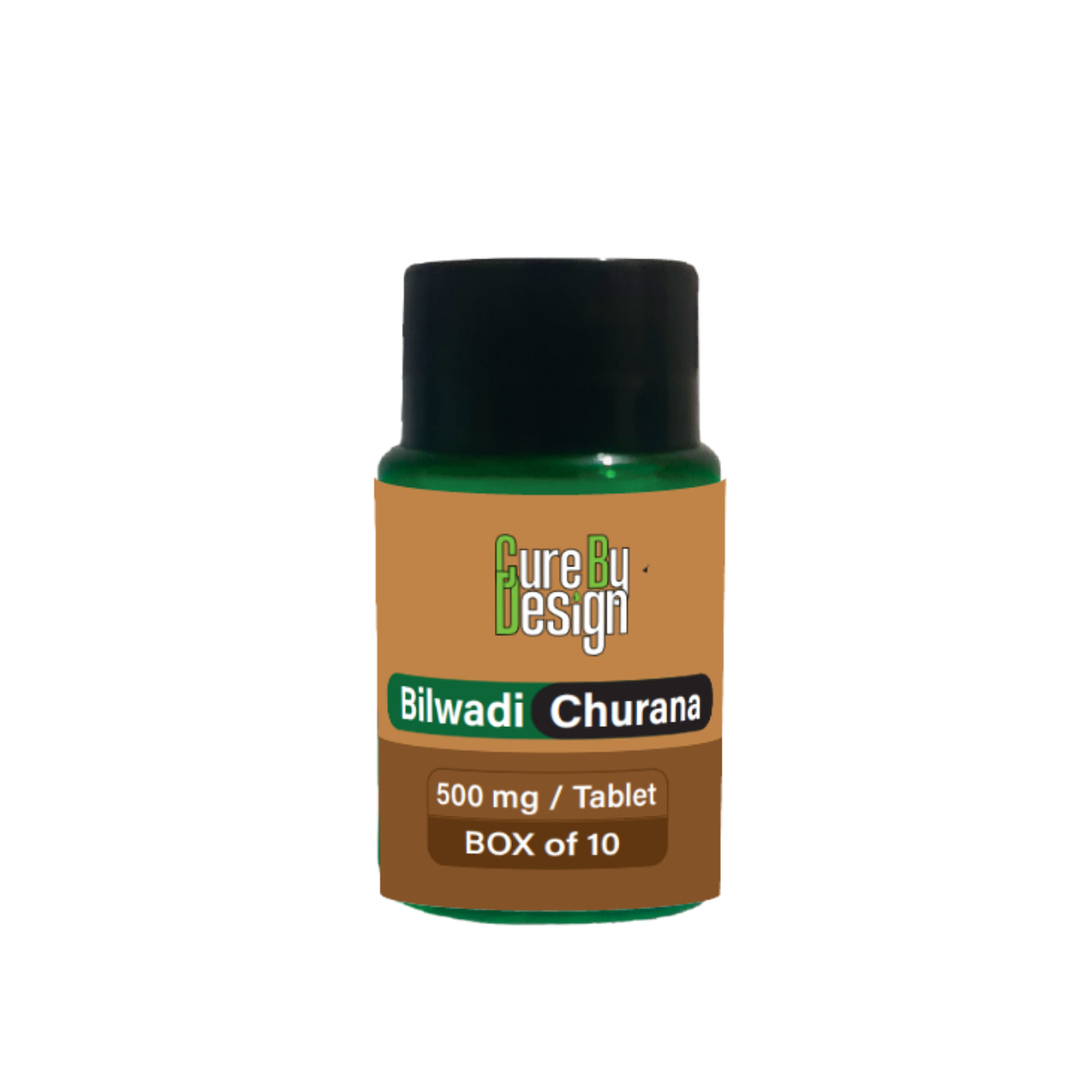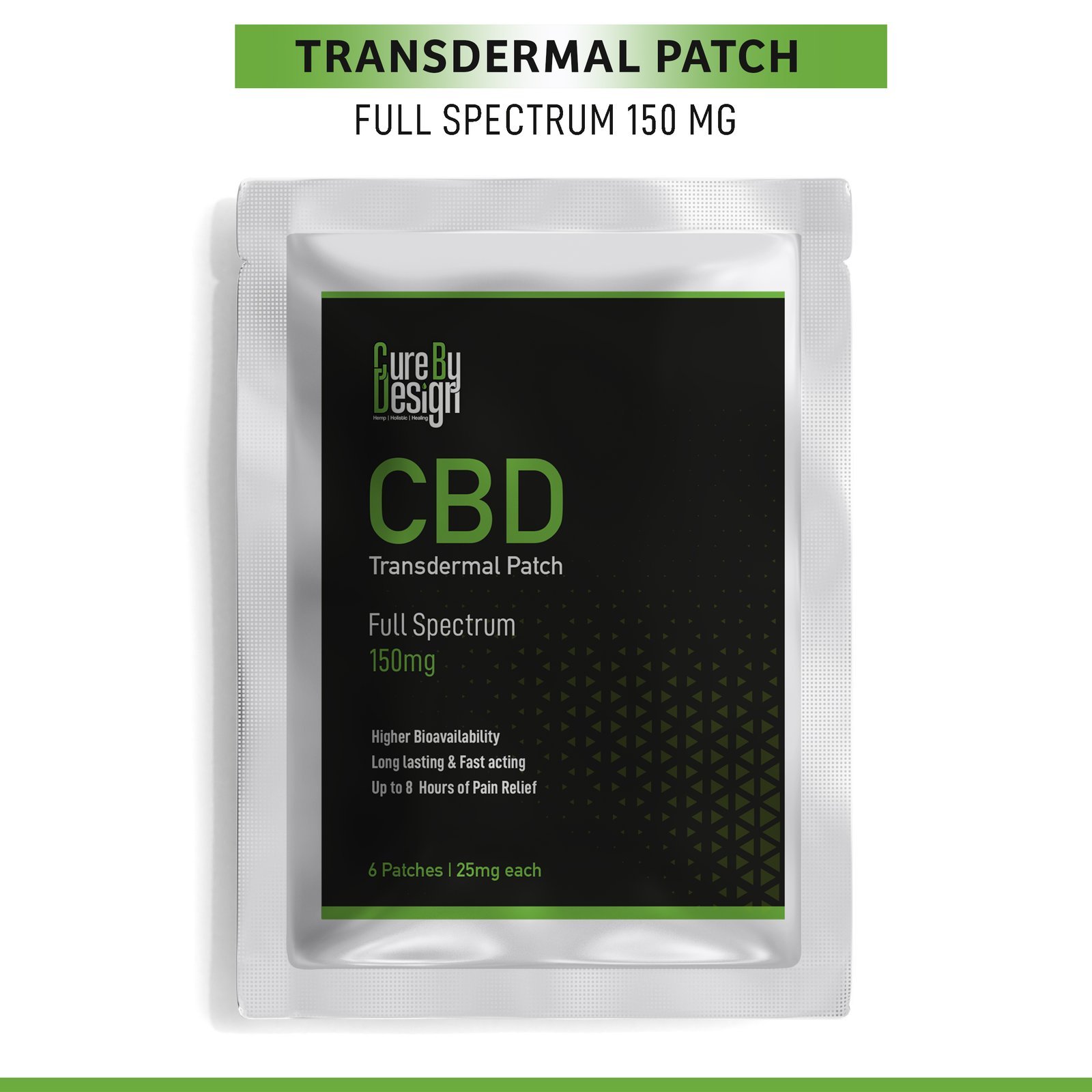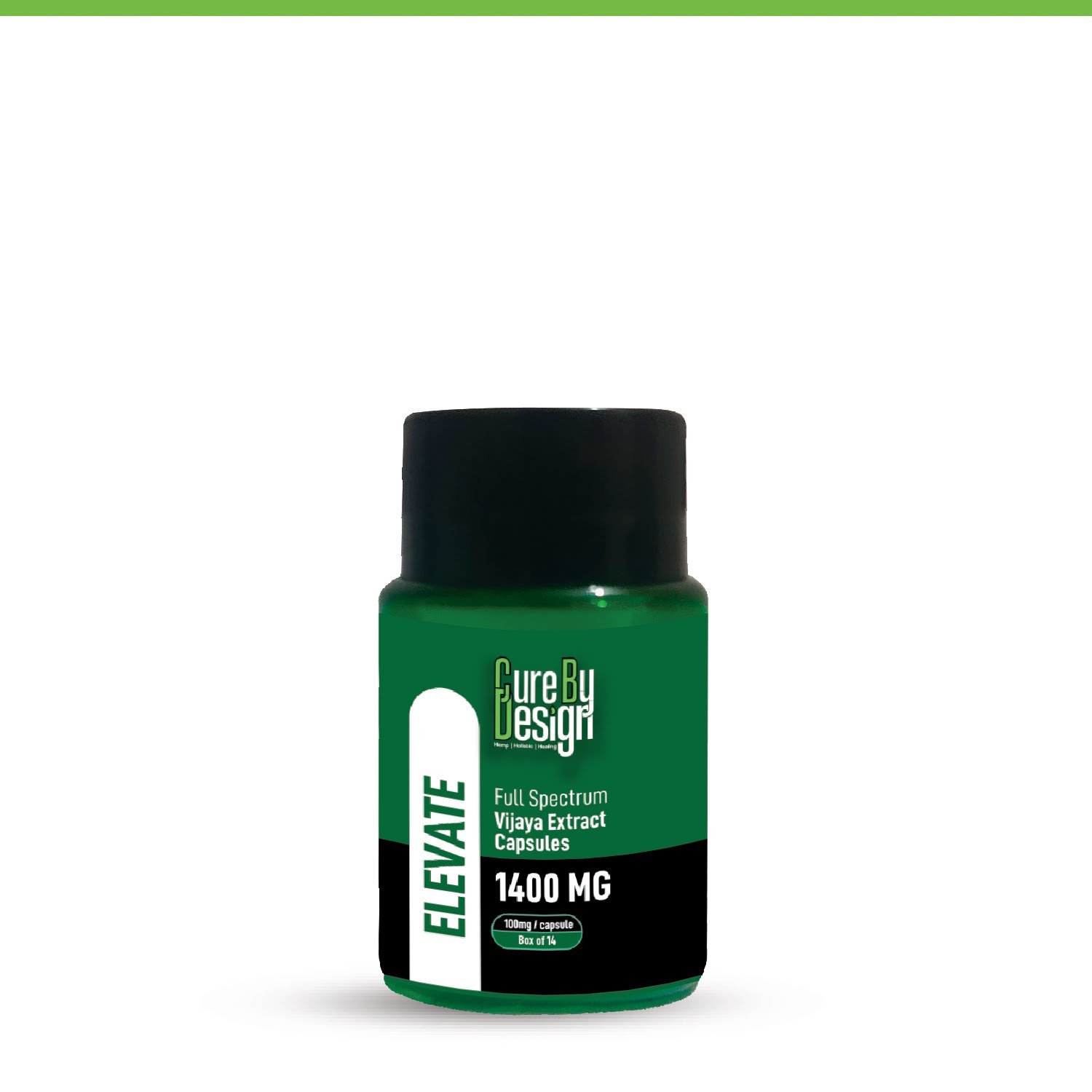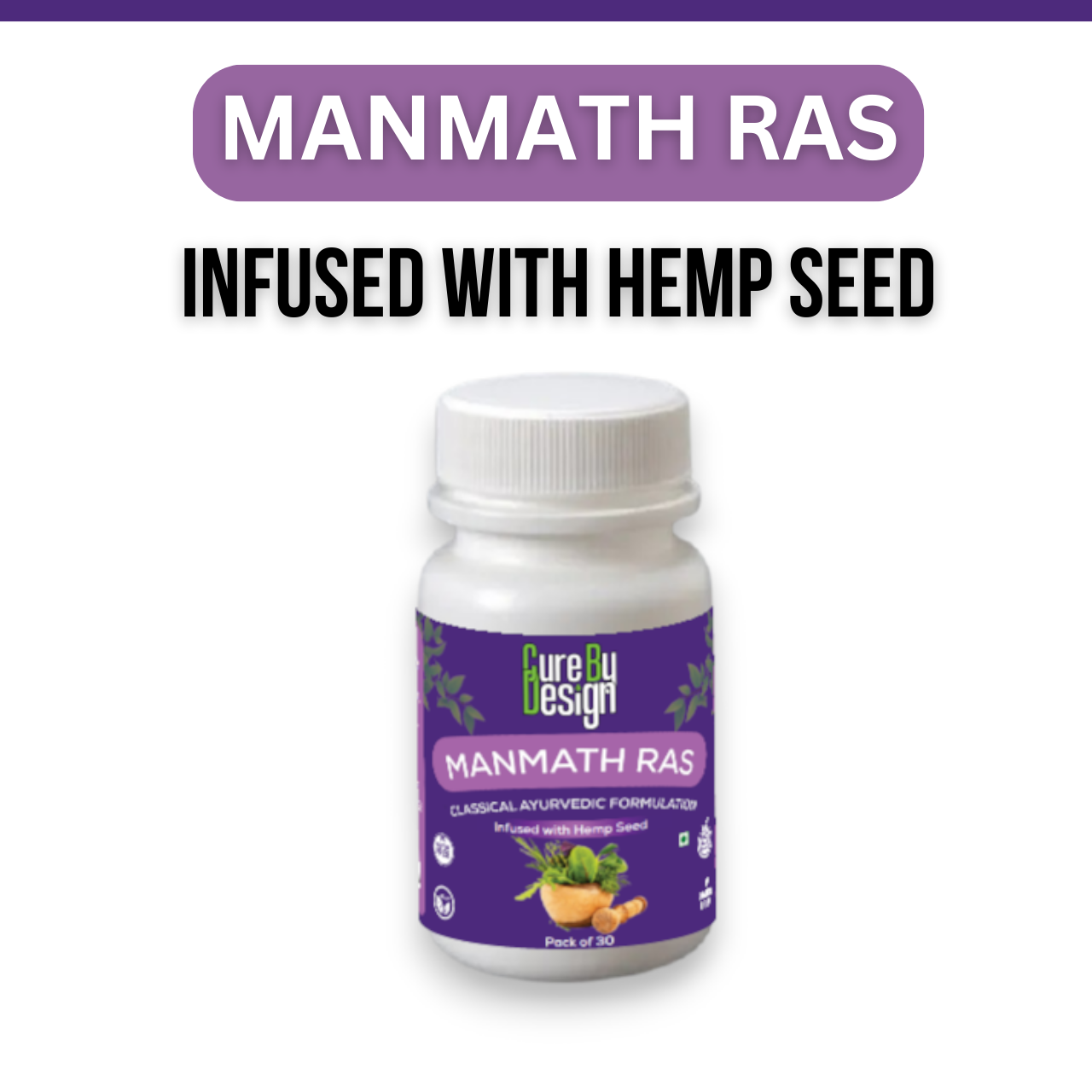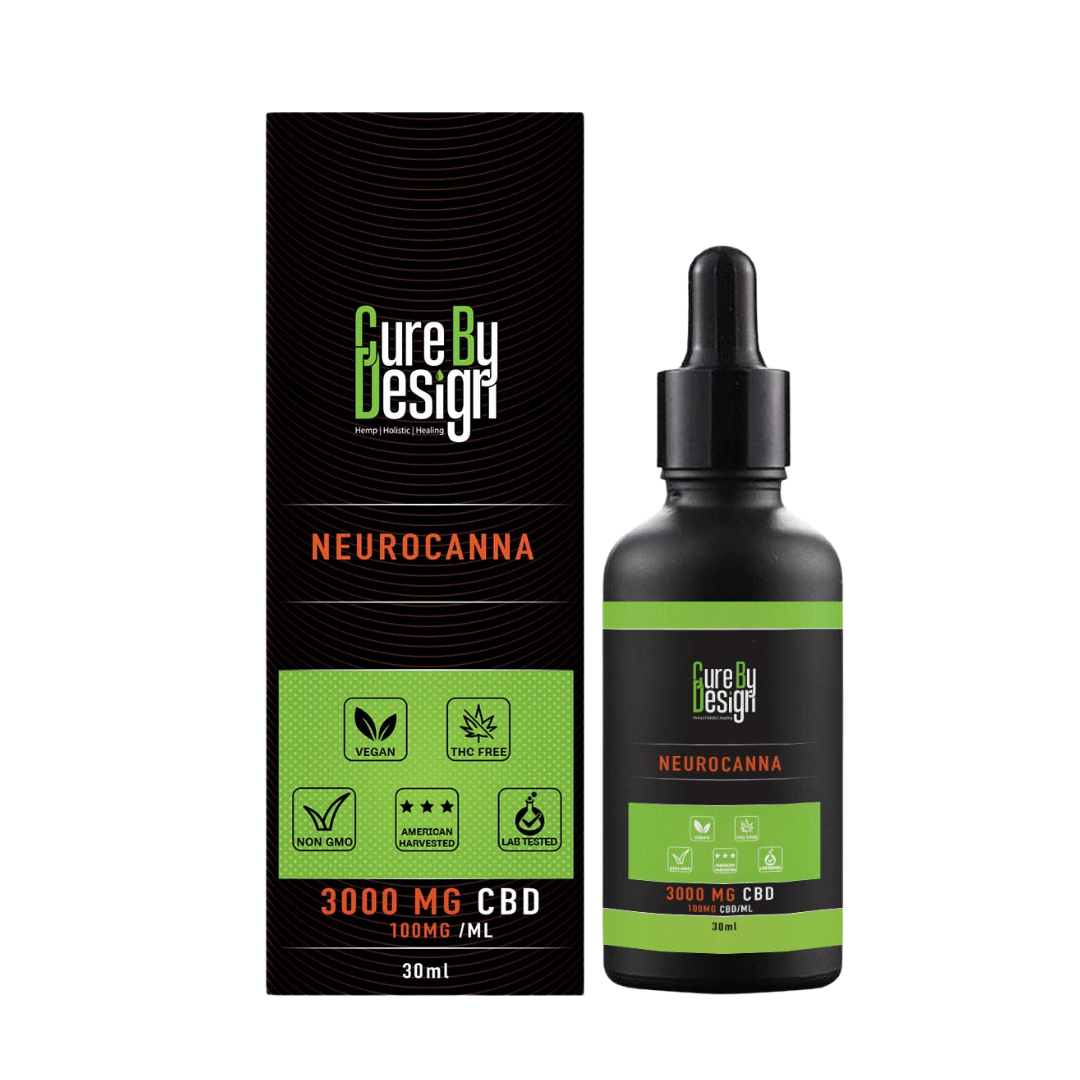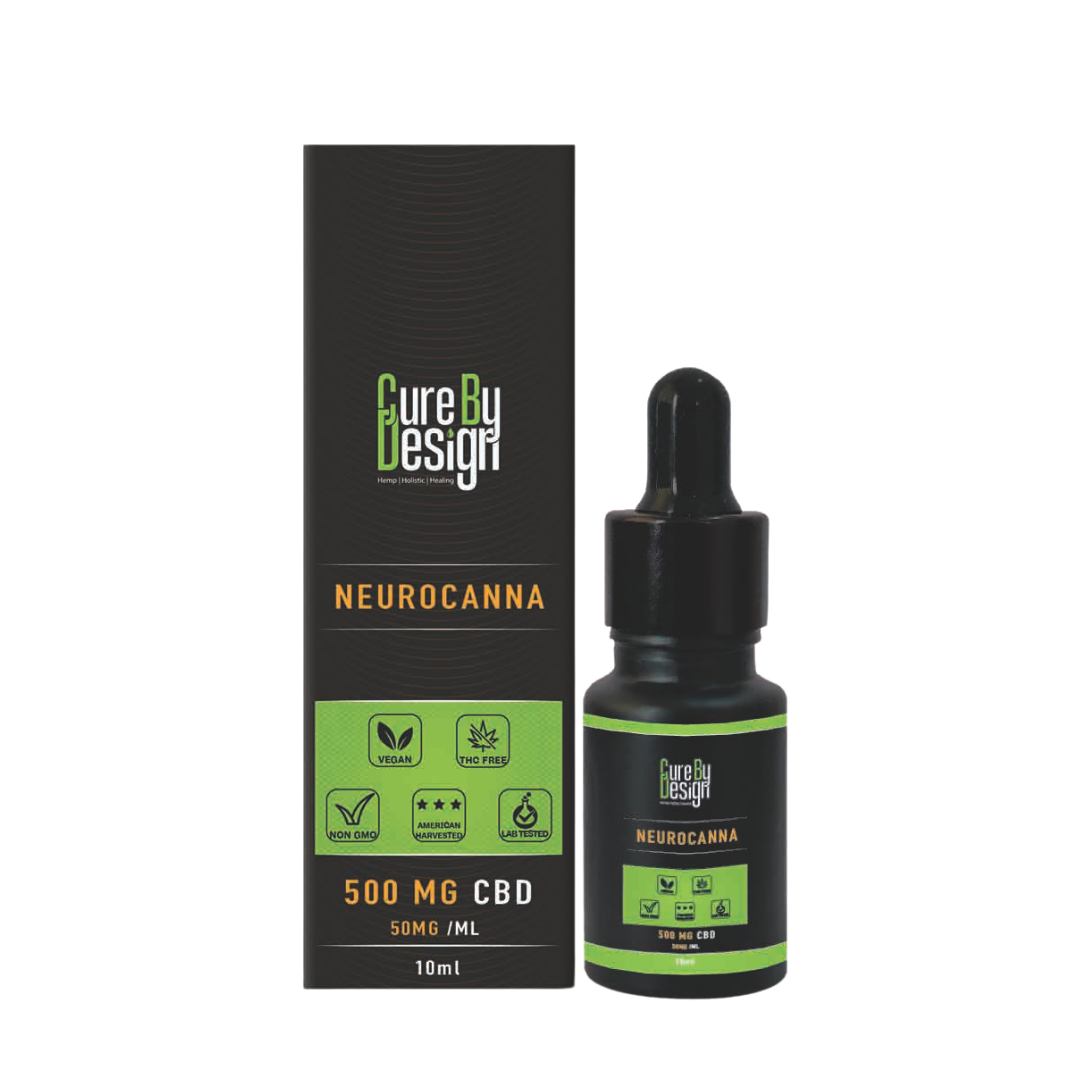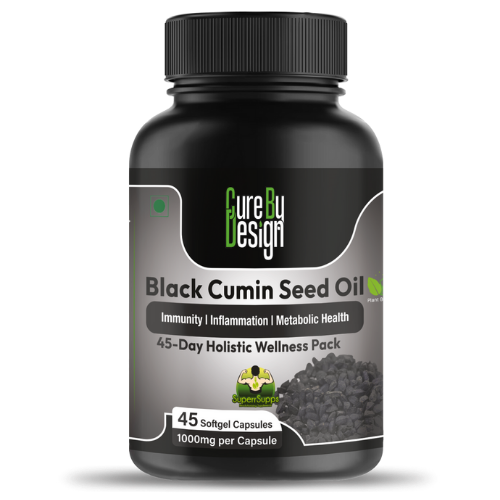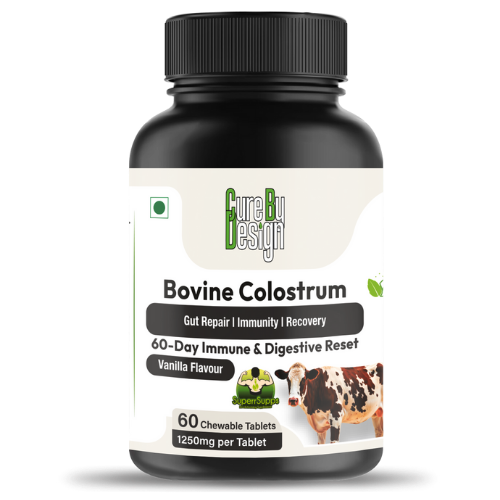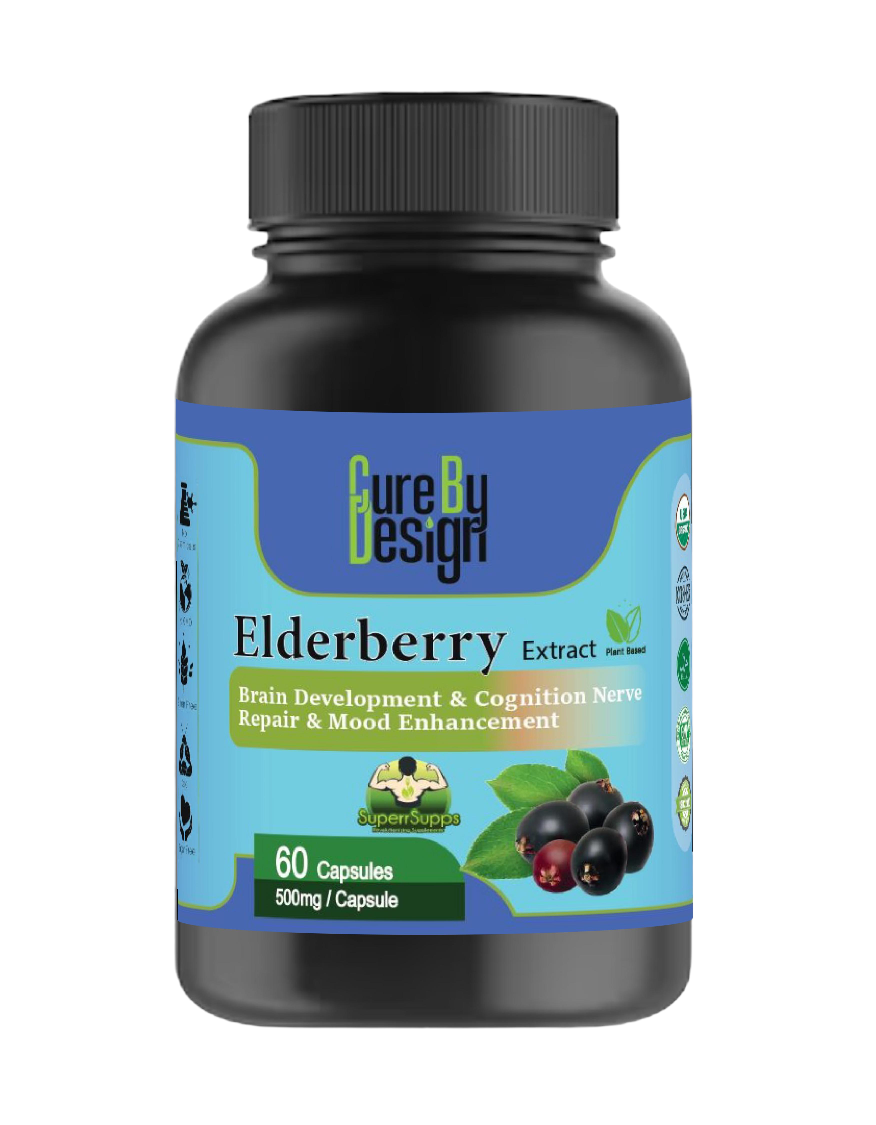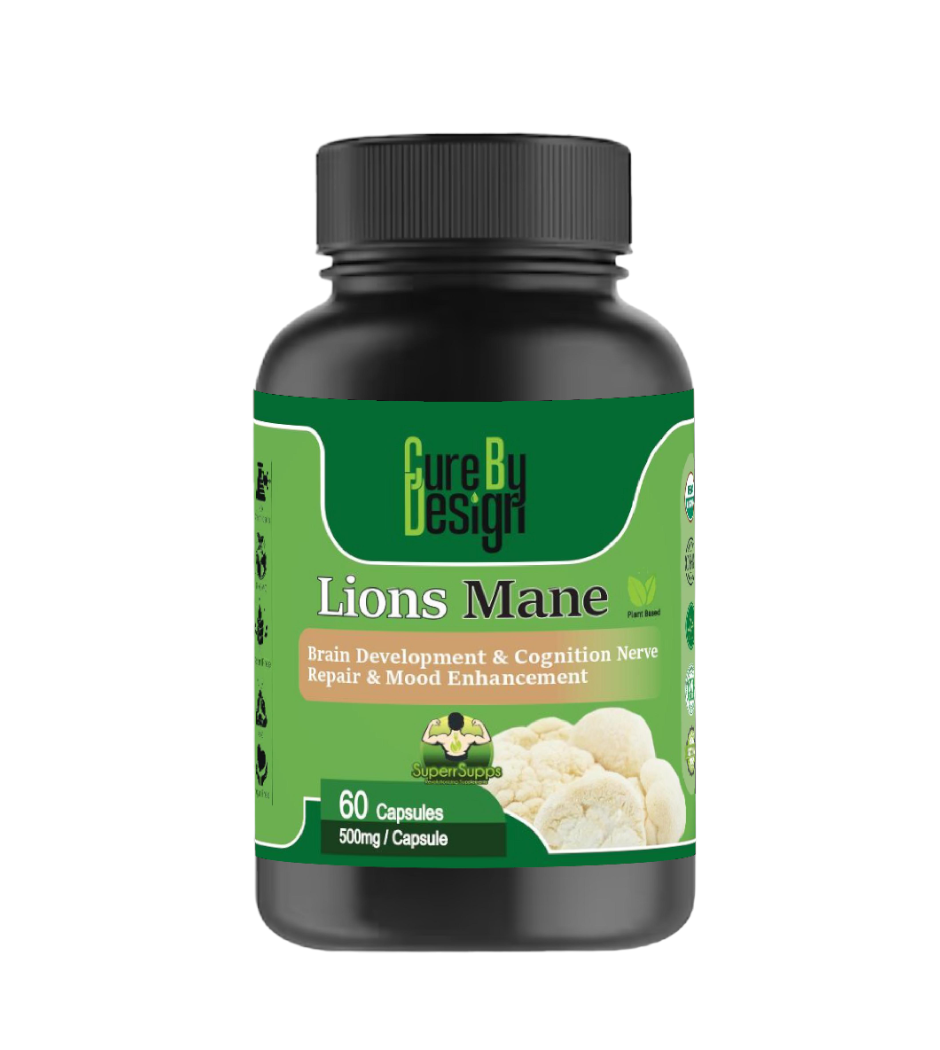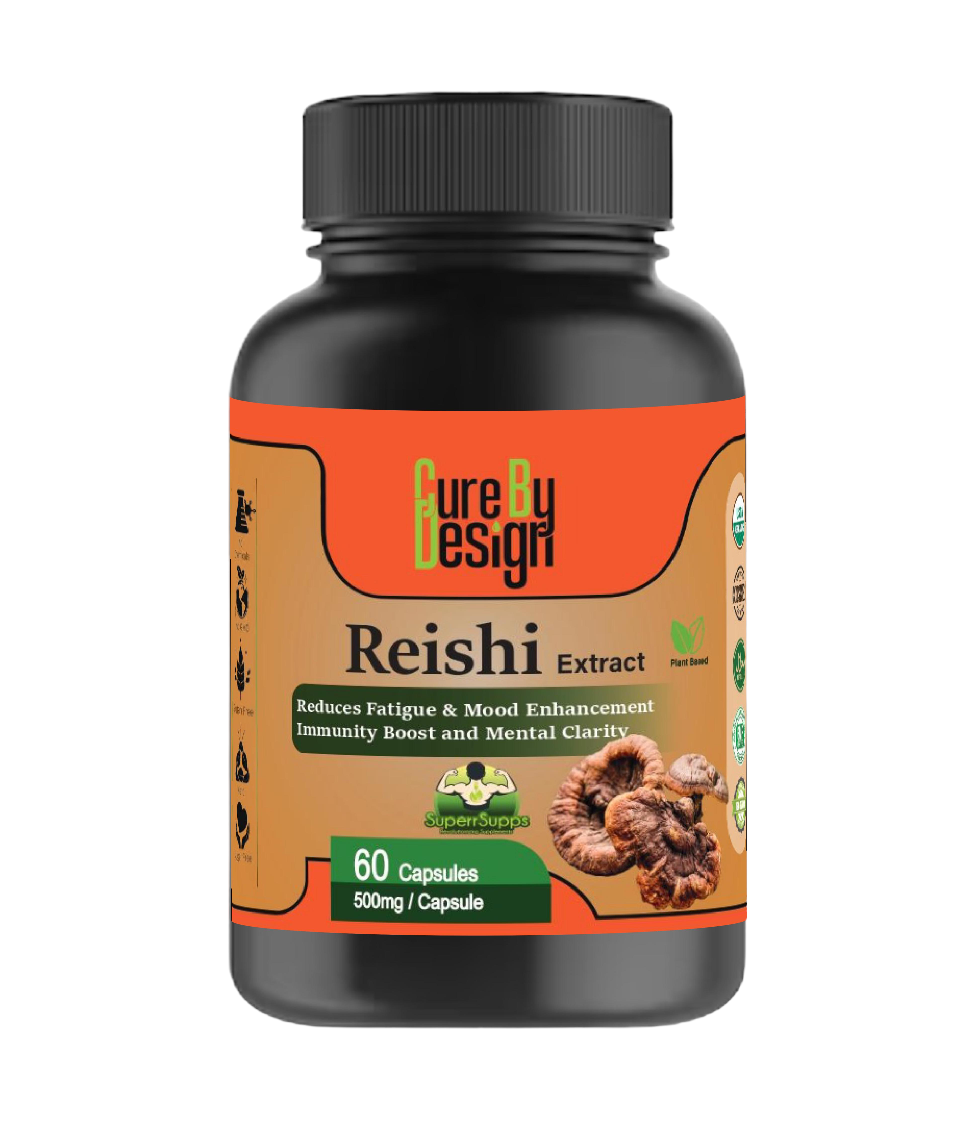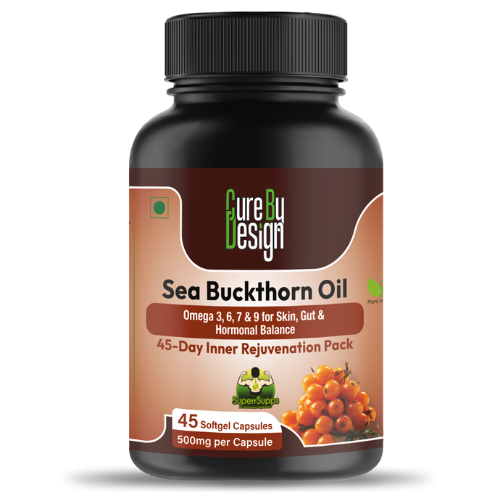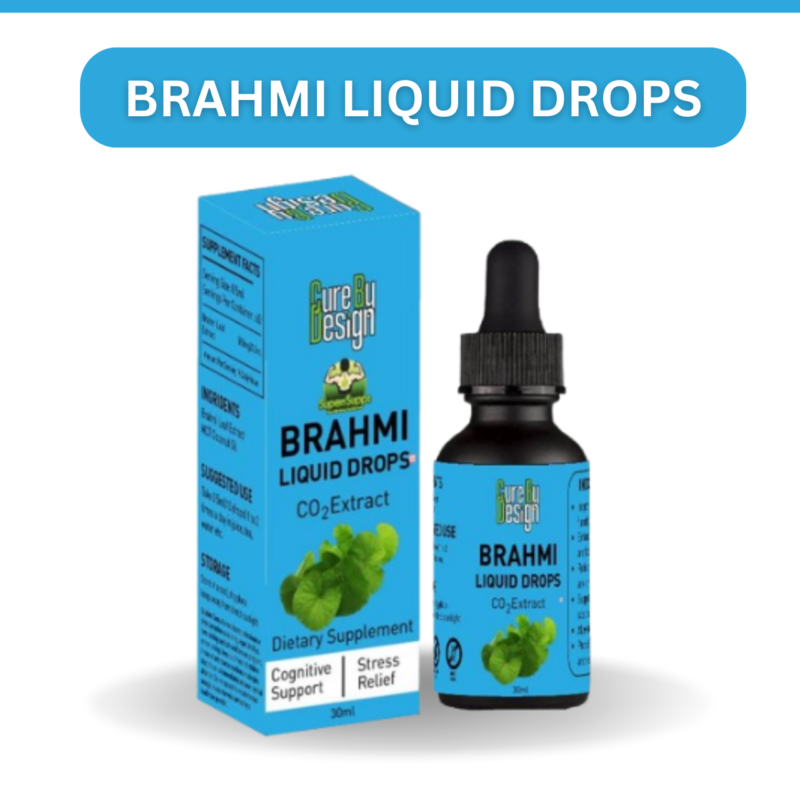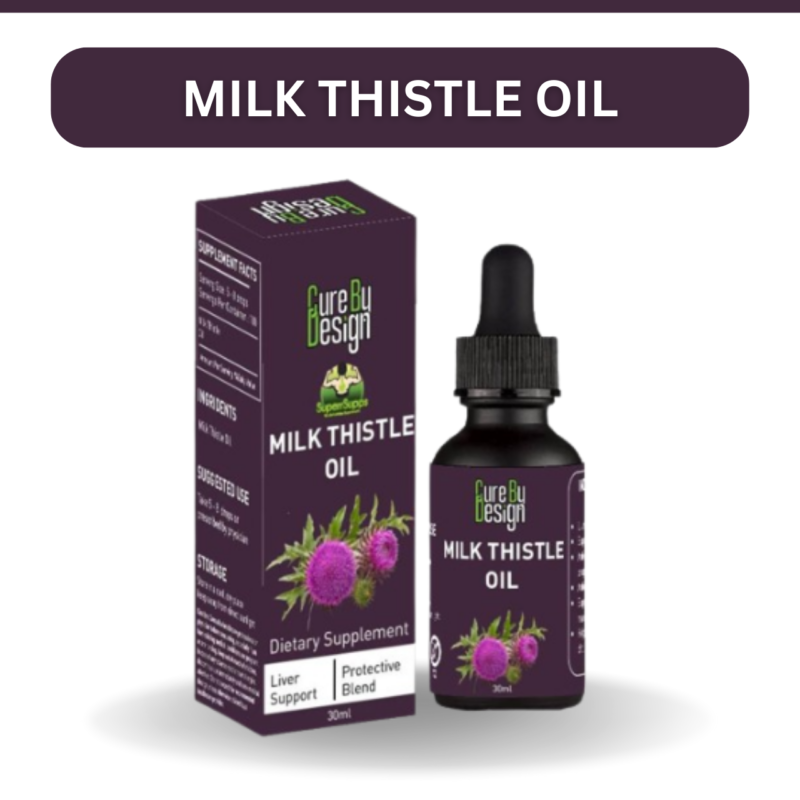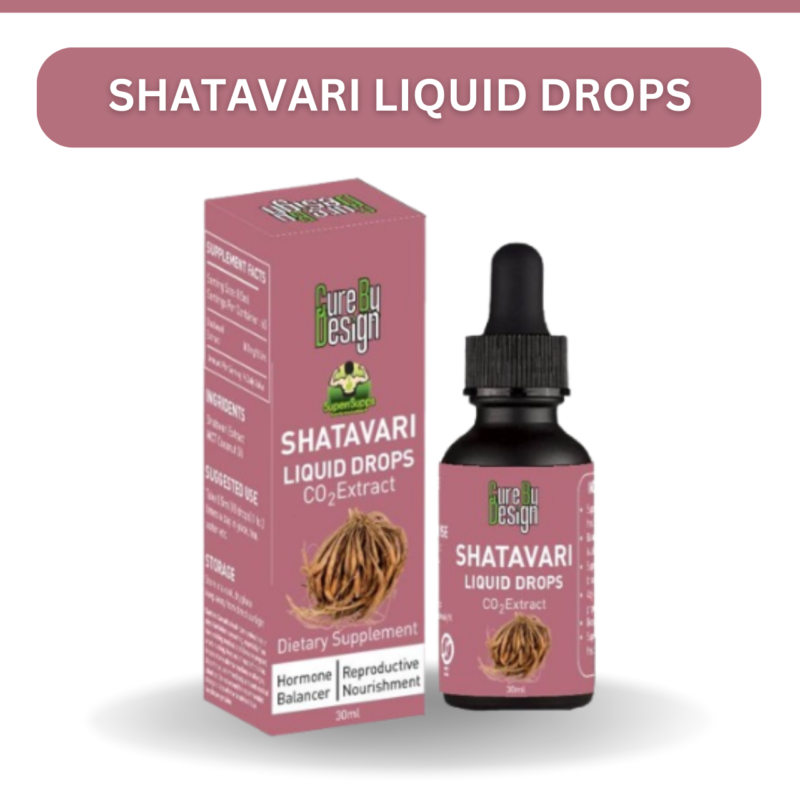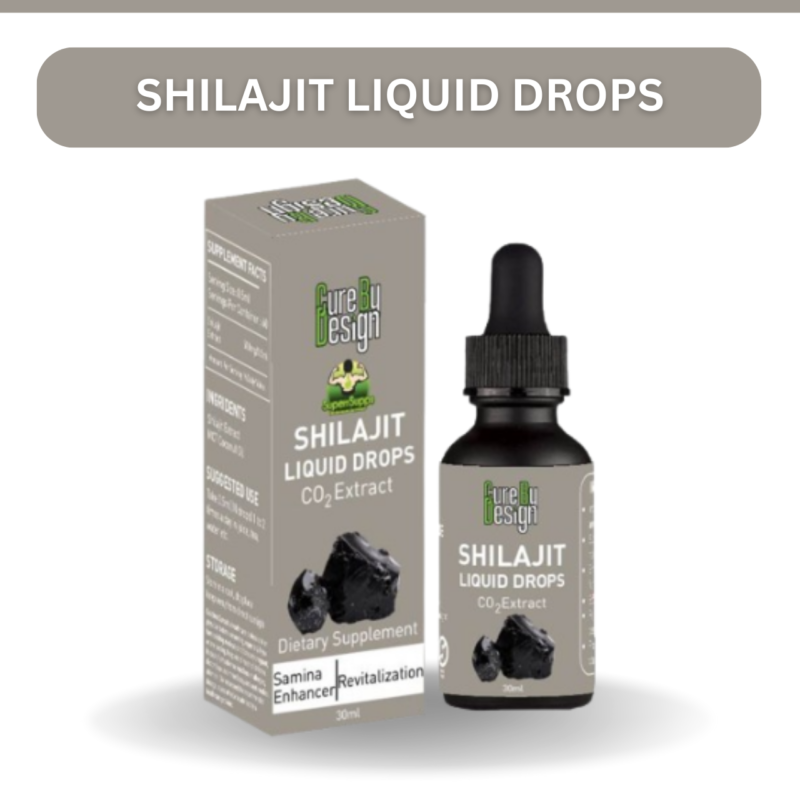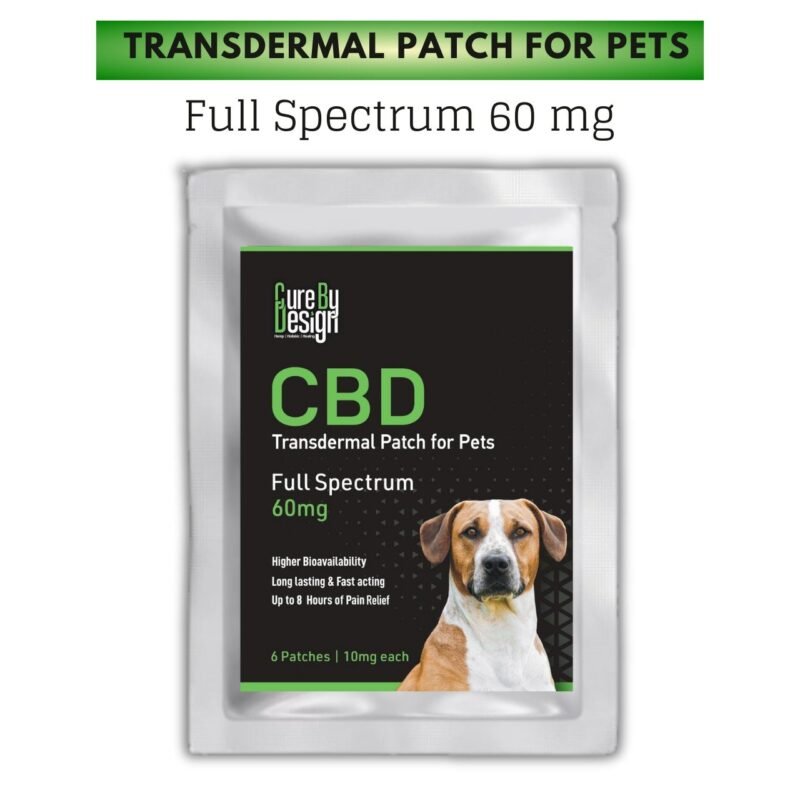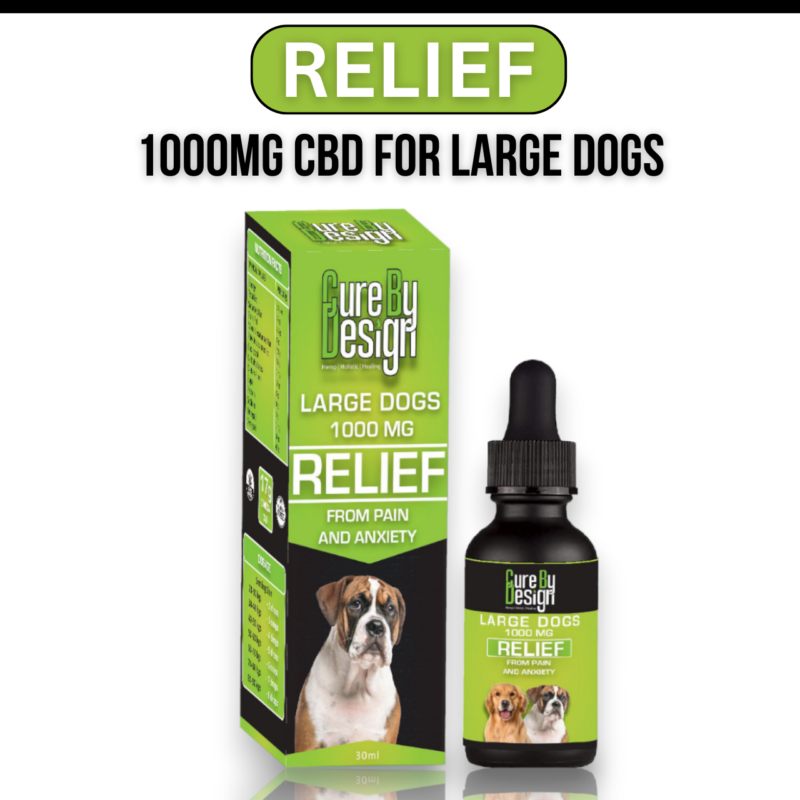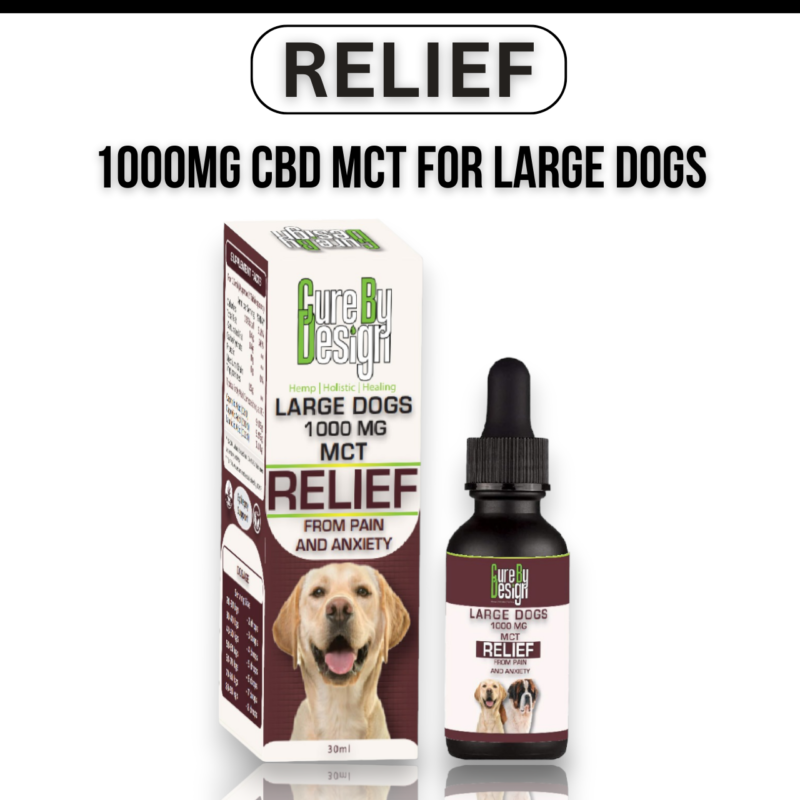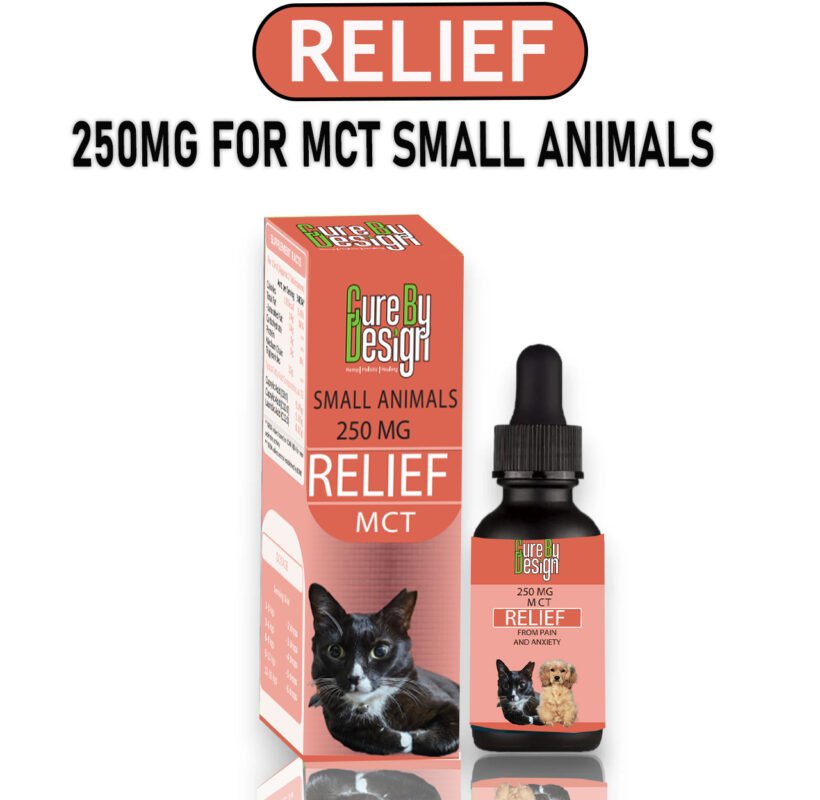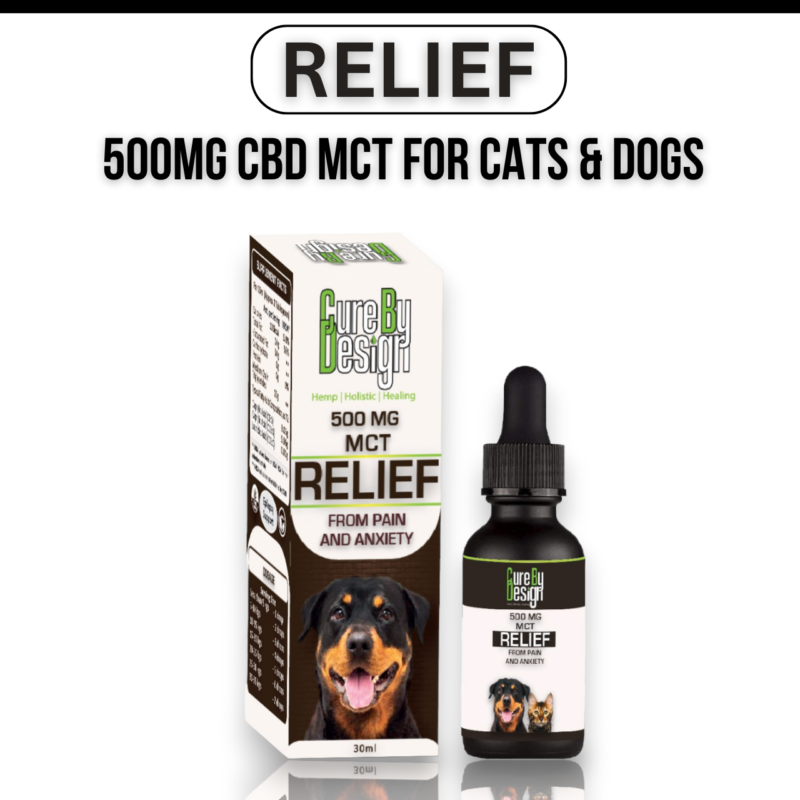Managing Canine Arthritis Pain: Home Remedies and Treatment Options

Managing arthritis pain in dogs involves a combination of home remedies and medical treatments. Understanding that arthritis causes joint inflammation and discomfort is important for recognizing symptoms like stiffness, limping, or reluctance to move. Natural options like turmeric, omega-3 supplements, and glucosamine can help reduce inflammation and support joint health. Physical therapies such as gentle massage, acupuncture, or aquatic exercises improve mobility without overstraining joints. Weight control through proper diet plays a crucial role by easing pressure on affected joints. Prescription medications may be necessary for more severe pain but should always be used under veterinary guidance to avoid side effects.
Table of Contents
- What Causes Canine Arthritis and How to Spot It
- Herbs and Supplements to Ease Joint Pain
- Therapies That Help Without Drugs
- Making Your Home Safer for Arthritic Dogs
- How Diet and Weight Affect Arthritis
- Medications Your Vet Might Prescribe
- Safe Exercise for Dogs with Arthritis
- Tracking Your Dog’s Progress and Comfort
- Tips for Giving Medications Safely
- Frequently Asked Questions
What Causes Canine Arthritis and How to Spot It

Arthritis in dogs is most often due to osteoarthritis, a long-term condition where joint cartilage breaks down, leading to pain and inflammation. This can happen from joint injuries, inherited joint problems, or simply from aging as the joints wear down over time. Symptoms vary depending on your dog’s size, age, activity, and how much pain they can tolerate. Common signs to watch for include limping, stiffness after resting, reluctance to jump or climb stairs, and moving more slowly than usual. As arthritis gets worse, you might notice muscle loss around the joints and a drop in overall activity. Changes in behavior like irritability, less interest in playing, or seeming depressed can also signal discomfort. Some dogs become sensitive to touch or cold weather in the affected areas. Since early signs can be subtle and come on gradually, it’s important for owners to observe their dogs closely. However, not every limp or stiff movement means arthritis, so a veterinarian’s diagnosis is essential. Vets usually confirm arthritis by physically examining your dog, talking about symptoms, and often using X-rays to check for joint damage.
Herbs and Supplements to Ease Joint Pain

Several herbs and supplements can help ease joint pain in dogs with arthritis, often as part of a broader treatment plan. Chinese herbs like Ligusticum and Corydalis are traditionally used to reduce pain and support leg strength, helping dogs maintain mobility. Indian herbs such as turmeric and boswellia have strong anti-inflammatory properties that may reduce joint swelling and discomfort. Omega-3 fatty acids, found in krill, sardine, and flaxseed oils, are well-known for decreasing inflammation and promoting joint health. Supplements like glucosamine, chondroitin sulfate, and MSM support cartilage repair but usually require consistent daily use for several weeks before effects are noticeable. Bone broth is a natural source of nutrients that may aid in cartilage building and joint protection, making it a gentle addition to your dog’s diet. Other supplements, including green-lipped mussel and deer velvet, provide proteins and antioxidants that can further support joint function. Quality matters, a lot. Always choose products from reputable brands and consult your veterinarian before starting any new supplement, since some herbs and supplements can interact with medications your dog may be taking. Remember, supplements work best when combined with proper diet, exercise, and veterinary care, and patience is key as benefits usually develop gradually over time.
Therapies That Help Without Drugs
Several non-drug therapies can ease arthritis pain in dogs by improving joint function and reducing inflammation. Acupuncture works by stimulating nerves and boosting blood flow, which helps release natural painkillers; its benefits build up over multiple sessions. Low-level laser therapy and pulsed electromagnetic field therapy reduce swelling and encourage joint healing. These treatments can sometimes be done at home using FDA-cleared devices like the Assisi Loop, but only under veterinary guidance. Massage therapy increases circulation, relaxes tight muscles, and triggers the release of endorphins, helping your dog feel more comfortable. Aquatic therapy, such as swimming or underwater treadmill exercise, offers a low-impact way to strengthen muscles without stressing painful joints. Other options like TENS and shock wave therapy provide additional pain relief by targeting nerves and tissues. It’s important that all these physical therapies are done with professional supervision to ensure they suit your dog’s condition and avoid overexertion. Regular sessions with gradual progress help maintain safety and effectiveness. Combining these therapies with medications, supplements, and environmental adjustments, like orthopedic beds and ramps, can greatly improve your dog’s daily comfort and mobility.
Making Your Home Safer for Arthritic Dogs

Creating a safe and comfortable home environment is essential for dogs with arthritis to ease their daily struggles. Providing an orthopedic or memory foam bed that is slightly elevated can help reduce joint pressure and offer better support for aching joints. Slippery floors pose a big risk for falls, so placing non-slip mats, rugs, or rubber grips on hardwood or tile floors can prevent injuries. For added traction, dog nail grips like ToeGrips® are a simple solution to improve footing on smooth surfaces. Helping your dog get onto furniture, cars, or beds without jumping is important; installing ramps or steps can make these transitions easier and less painful. If stairs are difficult or unsafe, using baby gates to block access can protect your dog from falls. Keep all walking paths clear of clutter to avoid tripping hazards. Raising food and water bowls to a comfortable height prevents unnecessary strain on neck and joints during mealtime. Maintaining a warm, draft-free environment is also beneficial, as cold can worsen joint stiffness. You might consider warm blankets or safe heating pads to soothe sore joints, but always monitor your dog to avoid overheating. Finally, create quiet rest areas where your dog can retreat and relax without disturbance, helping reduce stress and promote healing.
- Provide orthopedic or memory foam beds slightly elevated to reduce joint pressure and improve comfort.
- Add non-slip mats, rugs, or rubber grips on slippery floors to prevent falls and injuries.
- Use dog nail grips like ToeGrips® to improve traction on smooth surfaces.
- Install ramps or steps to help dogs get onto furniture, cars, or beds without jumping.
- Block access to stairs with baby gates if they are difficult or dangerous for your dog to use.
- Keep pathways clear and remove clutter to prevent tripping or slipping.
- Place food and water bowls at a comfortable height to avoid strain.
- Maintain a consistent temperature and avoid cold drafts which may worsen joint stiffness.
- Consider warm blankets or heating pads (used safely) to soothe stiff joints.
- Create quiet rest areas where the dog can relax without disturbance.
How Diet and Weight Affect Arthritis
Excess weight puts extra strain on your dog’s joints, making arthritis symptoms worse and increasing pain. Keeping your dog at a healthy weight reduces pressure on the joints and can slow down arthritis progression. Feeding a balanced diet tailored to your dog’s age, breed, and health needs is important. This can include fresh, raw, home-cooked meals, or prescription diets designed specifically for joint health. Diets rich in omega-3 fatty acids and antioxidants help lower joint inflammation, easing discomfort. Adding probiotics may support gut health, which in turn can reduce overall inflammation affecting the joints. Avoid overfeeding and limit treats to keep calories in check. If your dog needs to lose weight, aim for a gradual loss of about 2% of body weight per week to prevent nutritional gaps. Prescription diets for arthritis often include added nutrients like glucosamine and chondroitin that support cartilage. Regularly monitoring your dog’s weight and adjusting food portions as needed helps maintain the right balance. Don’t forget fresh water, as staying hydrated is key for joint lubrication and overall health.
Medications Your Vet Might Prescribe
Veterinarians often prescribe nonsteroidal anti-inflammatory drugs (NSAIDs) such as carprofen and meloxicam to help reduce joint inflammation and ease arthritis pain in dogs. These medications can be very effective but require regular blood tests to monitor liver and kidney function, especially with long-term use. It is important never to give dogs human NSAIDs like ibuprofen or naproxen, as these are toxic and can cause serious harm. For more severe pain, vets might also use opioids, muscle relaxants, or medications like gabapentin, which targets nerve pain, and amantadine, which can provide additional relief. All dosages must be carefully tailored and strictly followed to avoid side effects. Alongside these medications, supplements such as glucosamine, chondroitin, MSM, and hyaluronic acid are sometimes recommended to support joint health, though they work best as part of a combined treatment plan. Some pet owners explore CBD oil for pain relief, but there is limited scientific evidence on its effectiveness, so veterinary approval and guidance are crucial before use. In certain cases, dogs may benefit from joint injections or more advanced veterinary treatments depending on the severity of their arthritis. Close veterinary supervision is essential to adjust medications based on your dog’s response and any side effects. Always report symptoms like vomiting, diarrhea, loss of appetite, or changes in behavior to your vet promptly to ensure safe and effective pain management.
| Medication Type | Examples | Purpose | Notes |
|---|---|---|---|
| NSAIDs | Carprofen, Meloxicam, Deracoxib | Reduce joint inflammation and pain | Require monitoring of liver and kidney function with regular blood tests |
| Opioids | Tramadol, Butorphanol | Relieve severe pain | Use under strict veterinary supervision due to side effects |
| Muscle Relaxants | Methocarbamol | Ease muscle spasms associated with arthritis | Dosage must be tailored by vet |
| Nerve Pain Medications | Gabapentin | Manage nerve-related pain | Monitor for sedation or dizziness |
| Other Medications | Amantadine | Provide additional pain relief through unique mechanisms | Used in combination with other treatments |
| Supplements | Glucosamine, Chondroitin, MSM, Hyaluronic Acid | Support cartilage health, reduce inflammation | Effects may take weeks; vet guidance recommended |
| CBD Oil | Various products | Potential pain relief | Limited evidence, variable quality; vet approval necessary |
| Joint Injections | Hyaluronic acid, steroids | Directly reduce joint inflammation and pain | Performed by veterinarian; may require sedation |
Safe Exercise for Dogs with Arthritis
Moderate, controlled exercise is essential for dogs with arthritis to help maintain muscle strength and keep joints flexible. Short, slow walks and gentle play are better choices than strenuous or high-impact activities, which can worsen pain and inflammation. Swimming or water therapy offers a great low-impact option that protects joints while allowing dogs to build strength and mobility. It’s important to avoid sudden bursts of activity or irregular exercise patterns, like weekend warrior routines, as these can trigger flare-ups. Pay close attention to your dog during and after exercise for signs of pain or fatigue, such as limping, stiffness, or reluctance to continue. Adjust the intensity and duration based on your dog’s comfort and mobility level. For dogs with severe weakness or instability, using harnesses or support slings can provide extra support and safety. Regular, moderate activity also helps control weight, reducing joint strain and improving overall health. Consulting your vet or a canine rehab specialist can help develop a tailored exercise plan that suits your dog’s specific needs. Remember to include rest days to allow joints to recover and prevent overuse injuries.
Tracking Your Dog’s Progress and Comfort
Keeping a daily journal is a practical way to track your dog’s mobility, activity levels, and any signs of pain or stiffness. Note when medications are given, including doses and any side effects you observe. Changes in behavior, such as irritability, altered sleep patterns, or appetite shifts, can also indicate how well your dog is managing arthritis pain. After starting new treatments or therapies, recording improvements or setbacks helps you and your vet understand what’s working. Using simple pain scales or mobility tests recommended by your veterinarian can provide objective measures to monitor progress. Taking photos or videos can be useful to document changes in your dog’s movement or posture over time. Regular vet visits should include a discussion of your observations to fine-tune treatment plans. Stay alert for signs that arthritis may be worsening or new symptoms developing, as these need prompt attention. Tracking all these details helps identify the most effective treatments and signals when adjustments are needed to keep your dog comfortable and moving well.
Tips for Giving Medications Safely
Always use medications prescribed by your veterinarian and follow their instructions closely to ensure your dog’s safety and the medication’s effectiveness. Never give human painkillers like ibuprofen or acetaminophen unless your vet explicitly approves, as these can be toxic to dogs. If your dog refuses pills, talk to your vet about alternative options such as liquid forms or flavored chewables that might be easier to administer. You can also try hiding pills in small amounts of food or using pill pockets to make giving medication less stressful. Keep a careful eye on your dog for any side effects such as vomiting, diarrhea, loss of appetite, or changes in behavior, and report these to your vet right away. Store all medications securely out of reach of children and pets to prevent accidental ingestion. Do not stop giving medications suddenly without your vet’s guidance, especially with NSAIDs, as this can cause problems. Ask your veterinarian about the best times of day to give medications to maximize their benefits. Using a medication schedule or setting reminders can help you avoid missed doses and keep treatment consistent. Promptly communicate any concerns or adverse reactions to your vet so adjustments can be made if needed.
Frequently Asked Questions
1. What are some effective natural remedies for easing arthritis pain in dogs at home?
Natural remedies like applying warm compresses, giving gentle massages, and ensuring your dog maintains a healthy weight can help reduce arthritis pain. Supplements such as fish oil, glucosamine, and chondroitin may support joint health when used consistently.
2. How can diet influence the management of my dog’s arthritis symptoms?
A balanced diet rich in omega-3 fatty acids and antioxidants can reduce inflammation and improve joint function. Feeding your dog specially formulated arthritis diets or adding supplements may support cartilage repair and overall mobility.
3. When should I consider professional treatment options for my dog’s arthritis instead of home care?
If your dog shows persistent limping, severe stiffness, or changes in behavior like reluctance to move despite home remedies, it’s time to consult a vet. Professional treatments like physical therapy, pain medications, or joint injections might be necessary to manage the condition effectively.
4. How does regular exercise help dogs with arthritis, and what types are recommended?
Regular low-impact exercise like controlled leash walks or swimming helps maintain muscle strength and joint flexibility, which can ease arthritis pain. High-impact activities should be avoided to prevent further joint damage while keeping your dog active in a safe manner.
5. What are the common signs that my dog’s arthritis pain is worsening and needs urgent attention?
Signs include increased limping or lameness, noticeable swelling around joints, difficulty standing or climbing stairs, behavioral changes like irritability, and loss of appetite. If you notice these symptoms, it’s important to seek veterinary advice promptly for better pain management.

